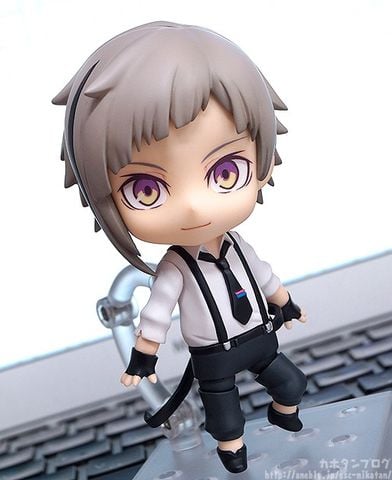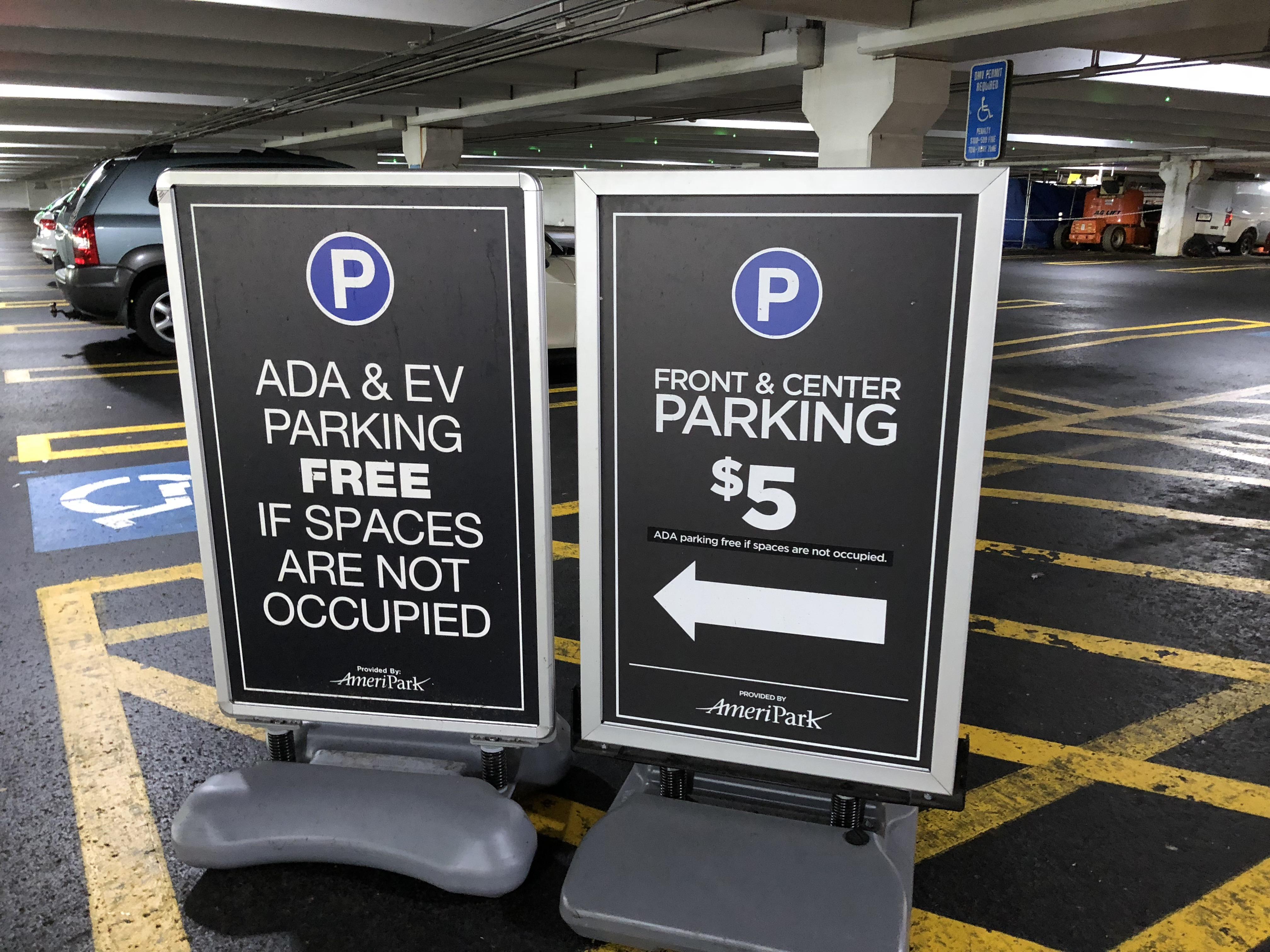

To be clear, you should select your Class-X and Class-Y capacitors according to your design's purpose and requirements. This is assumed because X2 and Y2 safety capacitors are used in common appliances that operate from ordinary household wall outlets. Depending upon your own application and requirements, they are probably the ones you'll want to use. Subclass X2 and Y2 are the most commonly used safety-certified capacitors.

When a Class-X capacitor, also referred to as an "across the line capacitor"-the capacitor placed between line and neutral-fails because of an overvoltage event, it is likely to fail short. Thus, capacitor failure is a very real possibility. And because of this direct connection to the AC voltage, the capacitors may be subjected to overvoltages and/or voltage transients-lightning strikes, power surges. In order for these capacitors to perform their EMI/RFI filtering tasks, they are directly connected to the AC power input, that is, the AC “line” and the AC “neutral” (see Figure 2 below). Image from this teardown.Ĭlass-X and Class-Y capacitors help to minimize the generation of EMI/RFI and the negative effects associated with received EMI/RFI. (EMI stands for electromagnetic interference and RFI stands for radio-frequency interference RFI is simply higher-frequency EMI.)įigure 1. These safety capacitors are also known by other names, including EMI/RFI suppression capacitors and AC line filter safety capacitors.


A Special Class of CapacitorsĬlass-X and Class-Y capacitors are safety-certified and generally designed and used in AC line filtering in many electronic device applications. Learn about Class-X and Class-Y capacitors, where they are used, and why they are referred to as "safety" capacitors.


 0 kommentar(er)
0 kommentar(er)
